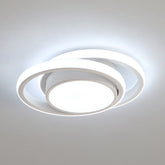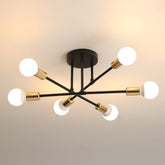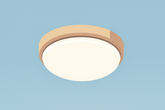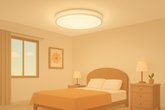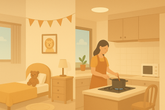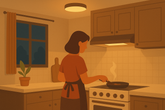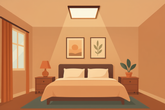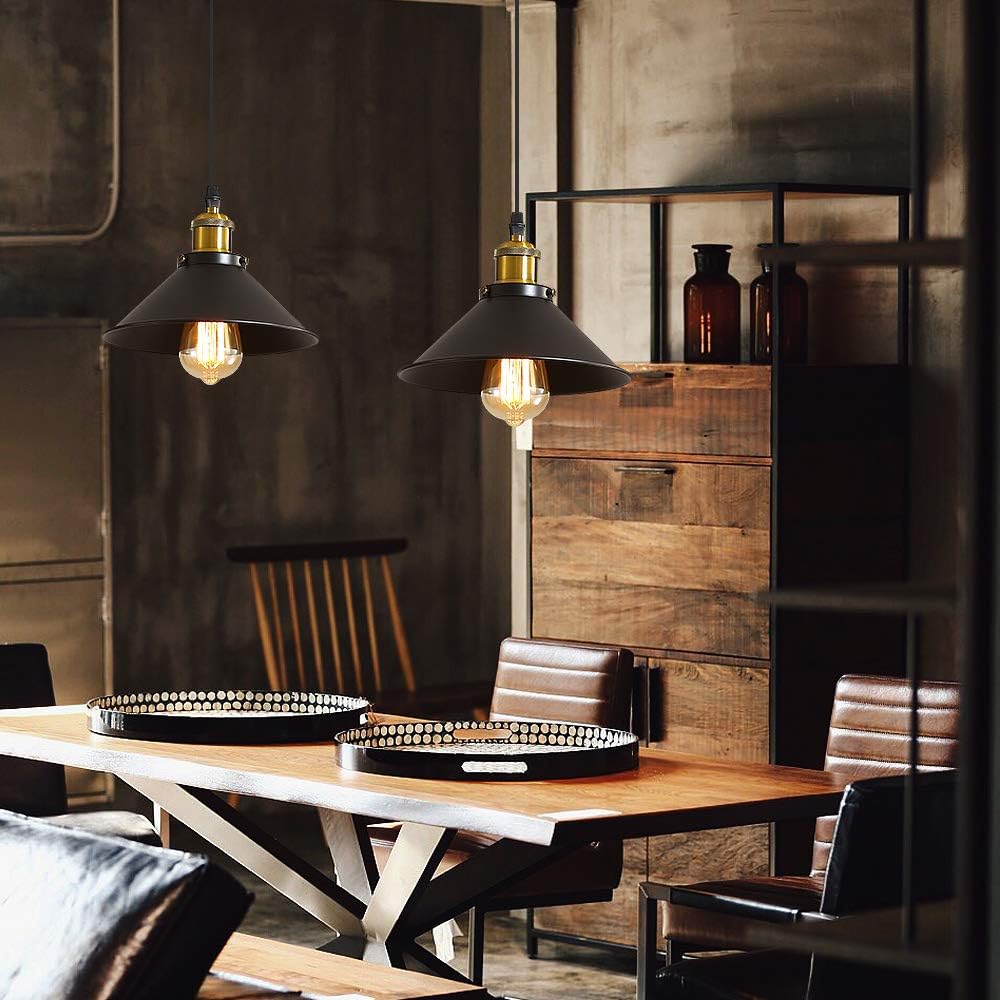Recessed Lighting: The Perfect Blend of Space and Light
Recessed lighting, with its integrated design and functional versatility, is a key element in modern architectural and interior design. By embedding the light fixture within ceilings, walls, or floors, recessed lights eliminate visible clutter while enhancing the lighting experience. From cozy homes to sleek commercial spaces, these fixtures bring elegance, efficiency, and spatial harmony to every environment.
What Is Recessed Lighting?
Recessed lights are fixtures where the housing is installed inside structural surfaces, exposing only the light-emitting part. The core components include the housing body, light source, mounting frame, and optical elements like reflectors or lenses. This design allows the fixture to blend seamlessly with architecture, reducing visual noise and supporting clean aesthetics.
Types of Recessed Lights
By Mounting Position
- Ceiling-mounted: Most common; used in living rooms, offices, shops. Includes downlights, spotlights, and ultra-thin LED panels.
- Wall-mounted: Ideal for hallways, staircases, and headboard lighting. Adds ambiance and highlights architectural features.
- Floor-mounted: Found in outdoor landscapes, parking lots, or indoor areas needing accent effects—usually with high IP ratings (e.g. IP67) for durability.
By Light Source
- LED: Long lifespan, energy-saving, compact, and color/brightness adjustable—industry standard today.
- Fluorescent: Efficient but outdated; contains mercury and prone to flickering.
- Halogen: High color accuracy (CRI ≥ 95), but high energy use and heat emission. Best for art galleries or showrooms.
By Functionality
- General lighting: Provides uniform illumination for wide spaces.
- Accent lighting: Focuses light on specific objects or areas for visual interest.
- Emergency lighting: Activates during power outages—often includes backup battery and labeled casing.
- Smart lighting: Controlled via app or voice assistant with dimming, scheduling, and color tuning.
Key Benefits of Recessed Lighting
Streamlined Aesthetics
The “invisible” nature of recessed lights keeps focus on the space itself—perfect for minimalist interiors and open layouts.
Flexible Placement
Recessed fixtures can be installed in ceilings, walls, or floors, giving designers freedom to layer lighting and define zones.
High Light Efficiency
Optical components like reflectors and diffusers enhance beam control, reducing waste and increasing effective illumination.
Safety & Durability
Most units are enclosed to prevent contact with electrical components. Outdoor models feature waterproof and dustproof housings for safe long-term use.
Where to Use Recessed Lights
Residential Applications
- Living room: Use downlights for general lighting and spotlights to highlight art or textures.
- Bedroom: Warm-toned, dimmable recessed lights for a relaxing ambiance. Bedside wall spots for reading.
- Kitchen: Bright ceiling panels and under-cabinet LED strips for prep areas. Easy to clean and oil-resistant.
- Bathroom: Waterproof recessed lights around mirrors and in the ceiling ensure both safety and clarity.
Commercial Spaces
- Offices: Grid-mounted panels offer wide, even lighting. Adjustable spotlights for meeting rooms.
- Retail: High-CRI spots to enhance product displays. Color-changing lights in promotional zones draw attention.
- Hotels: Used in lobbies, guest rooms, and restaurants to create a luxurious atmosphere with layered lighting.
Public & Cultural Spaces
- Schools: Flicker-free LED panels protect eyesight; emergency lights guide evacuation.
- Hospitals: Glare-free ambient lighting in patient rooms and surgical zones ensures comfort and safety.
- Museums/Theaters: Adjustable recessed spotlights emphasize art without heat or UV exposure.
Tips for Choosing & Installing
Buying Tips
- Define function and location (e.g. ambient vs. accent, indoor vs. outdoor).
- Opt for LED with CRI ≥ 80 (≥ 90 for displays). Match color temperature to space function (2700K for cozy, 4000K for clarity).
- Check certifications and ensure quality build—especially driver quality and heat dissipation.
Installation Advice
- Hire licensed professionals—recessed lighting often requires circuit changes and precise cutting.
- Measure opening size carefully and avoid structural elements like pipes or rebar.
- Secure the fixture firmly and test for brightness, uniformity, dimming, and smart controls post-installation.
Recessed lighting blends beauty and function. Whether you seek sleek lines, zoning flexibility, or smart control, these fixtures offer it all. As LED and smart tech evolve, recessed lights will remain at the forefront of efficient and elegant lighting solutions.
